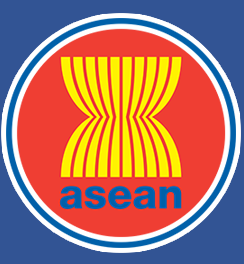ASEAN Journal on Science and Technology for Development
Abstract
The potential environmental impacts of mining, increasing environmental legislation and public awareness have received increased attention world-wide in the last two decades. The focus of concern by the industry, environmental regulatory agencies and members of the public is the systematic rehabilitation of ex-mine sites to improve the quality at site for potential future commercial land use. The minerals extracted from these mine/quarry sites are essential in the construction, semiconductor, high-technology, ceramic and other manufacturing sectors for further industrial development. However, efficient engineering design and systematic economic evaluation of mine sites for site rehabilitation are required in maintaining the expected standards of environmental compliance. With escalating production costs and the keen competitiveness of the mining industry world-wide, the necessity to increase the efficiency in site rehabilitation is getting more prominence. A coordinated environmental protection and rehabilitation programme is essential if the environmental awareness of the community and the demands of the respective planning authorities are to be accommodated. There is thus a need to increase the base of knowledge for efficient planning in the systematic and progressive rehabilitation of current and future ex-mine sites. An efficient modeling tool is required for the systematic planning and design of potential economic land development of ex-mine sites. The applicability of Remote Sensing and Geographic Information System (GIS) technology is a useful tool to acquire spatial information for the systematic design and planning of potential development of ex-mine sites. This research was conducted to detect the trends in the suitability of land cover changes via land cover change detection of ex-mine sites and validated with reality. The findings are useful to assist in the development of a tool for efficient modeling and design of potential economic development of ex-mine sites. The aim of this research is to quantify, model and map the economic potential of the ex-mine sites for built up areas such as housing and other urban infrastructures. Land cover classes were interpreted into maps and the accuracy of the maps were validated to reference data and actual ground scenarios. The study for validation of the proposed modeling tool was carried out using the large prominent mining area in Malaysia namely the Kinta District. Results from the validation study carried out indicate that the correlation of the results obtained from this Integrated Remote Sensing and GIS tool for modeling to field data is in the range of 0.87-0.92 which is acceptable and close to reality.
Publication Date
11-22-2017
Recommended Citation
Junaidi, Junaidi and K.H., Goh Eric
(2017)
"INTEGRATED REMOTE SENSING AND GIS FOR MODELING ECONOMIC REHABILITATION DEVELOPMENT OF EX-MINE SITES,"
ASEAN Journal on Science and Technology for Development: Vol. 25:
No.
2, Article 2.
DOI: https://doi.org/10.29037/ajstd.241
Available at:
https://ajstd.ubd.edu.bn/journal/vol25/iss2/2

